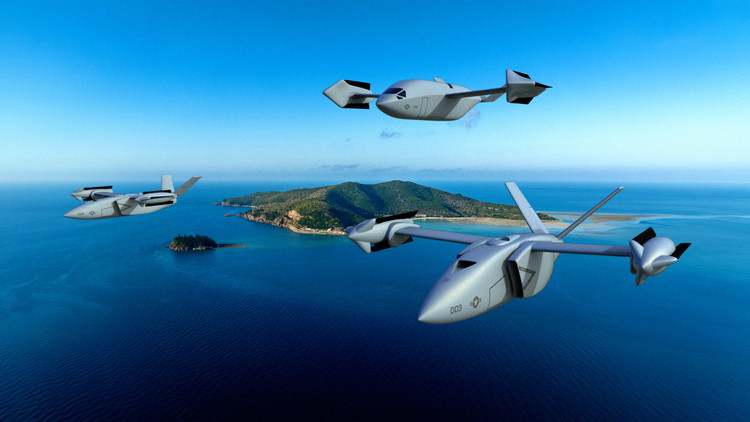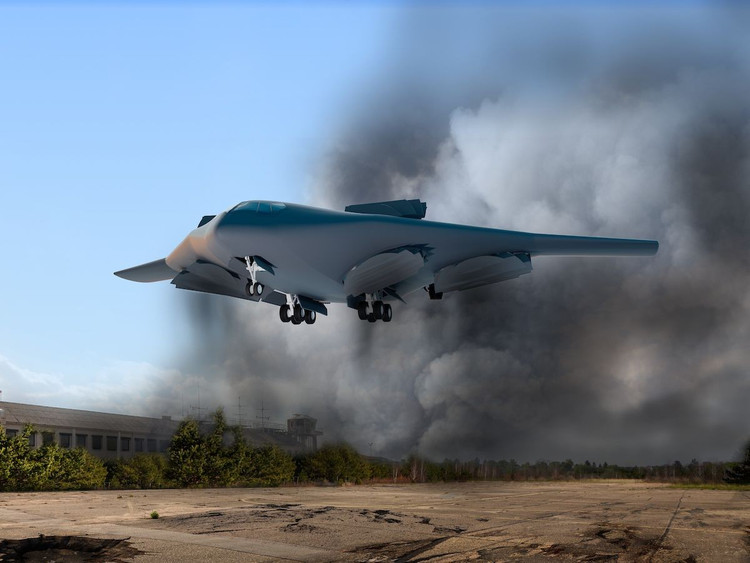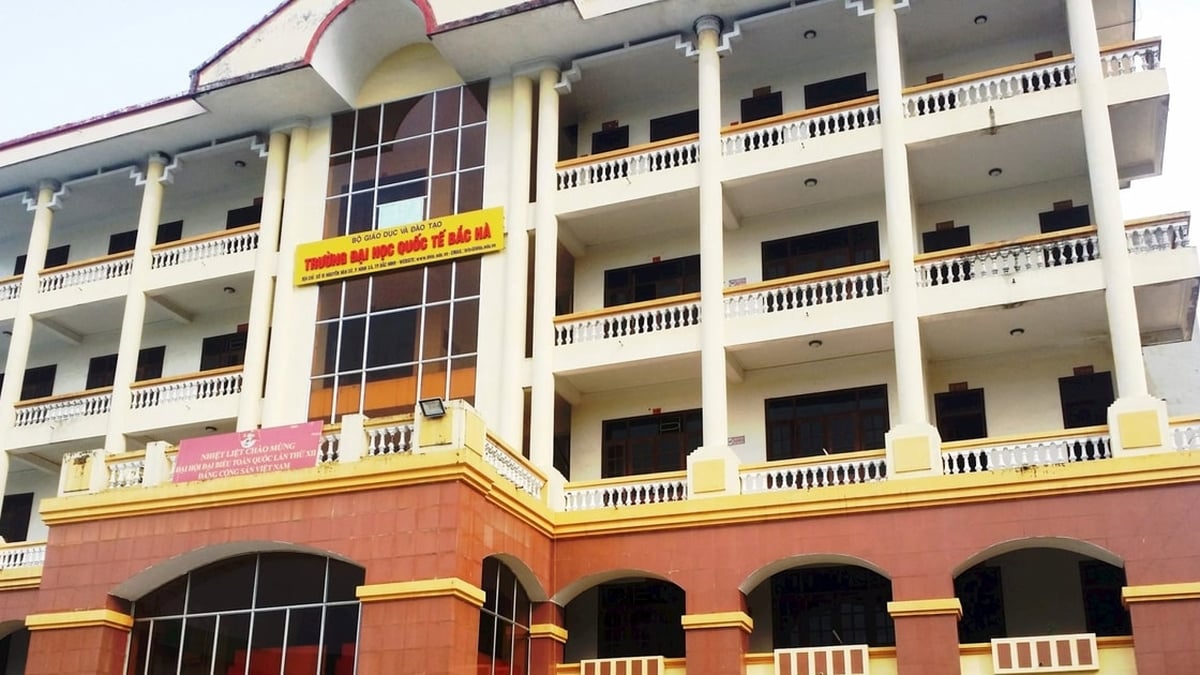The US Department of Defense has selected Bell Textron for phase 2 of the SPRINT technology project to land aircraft on independent runways at high speeds, said a spokesman for the Defense Advanced Research Projects Agency (DARPA).
SPRINT (Speed and Runway Independent Technologies) under DARPA, is tasked with creating a multi-role jet aircraft.

The shape of the super aircraft Bell was assigned to develop by the US Department of Defense. Photo: Bell Textron
One of the unique features of this aircraft is that it uses jet engines that can be folded and rotated for vertical takeoff and landing. However, it is different from a previously developed Bell V-280 model.
DARPA (Defense Advanced Research Projects Agency) requires this aircraft to have a speed of 750-850 km/h. In addition, it can also use 2 modes with/without a pilot in parallel.
Phase 2 of the project is primarily tasked with selecting a technology company capable of designing, manufacturing, and ground testing. The agency hopes to complete a demonstrator aircraft by 2027 and then enter flight testing in 2028.
According to newly approved budget documents, DARPA is requesting $55.2 million for the program in fiscal year 2026.
“Bell is honored to be selected for the next phase of DARPA’s SPRINT program and excited to demonstrate an entirely new aircraft with the first-of-its-kind stop/fold technology,” said Jason Hurst, Bell executive vice president of engineering.
The SPRINT project, jointly run by DARPA and the US Special Operations Command, envisions an X-plane that can take off and land vertically, fly at speeds of more than 500 mph and “hover over complex terrain or unmanned airstrips,” according to DARPA.
The agency said it hopes to validate the basic technology, which can then be applied to aircraft of various sizes and designs. The first phase of the program involved competitors Northrop Grumman and Piasecki Aircraft Corp, along with Aurora and Bell. The latter two were selected to advance to Phase 1B of the program last year.

Aurora, a subsidiary of Boeing, designed a high-lift, low-drag X-plane propeller aircraft to enable a combination of airspeed and runway independence.
Tests conducted during Phase 1 of the SPRINT program confirmed the feasibility of the design and analytical estimates of aircraft performance.
As part of its efforts to reduce risk for SPRINT, Bell said it demonstrated its folded rotor technology, integrated propulsion system and flight control technology at Holloman Air Force Base and conducted wind tunnel testing at the National Institute for Aeronautical Research at Wichita State University.
Bell's X-plane "stop/fold" technology features tiltable flexible engines that can be used for hovering as well as vertical takeoff and landing, which can then be stowed to reduce drag. According to The Warzone, the jet engine would then provide forward thrust for higher speeds.
The company has previously marketed its X-plane as an unmanned system capable of performing maritime missions, hoping to become an asset to the US military in harsh environments like the Indo- Pacific , which lack military-grade runways.
In addition to the SPRINT program, Bell is also working on other next-generation aircraft designs, such as the Army's V-280 Valor aircraft, which the company was selected to build for the Future Long Range Strike Aircraft program. The Army is currently working to accelerate FLRAA.
Source: https://khoahocdoisong.vn/my-chon-bell-textron-che-tao-may-bay-quan-su-khong-can-duong-bang-post1553722.html




























![[Photo] National Assembly Chairman Tran Thanh Man visits Vietnamese Heroic Mother Ta Thi Tran](https://vphoto.vietnam.vn/thumb/1200x675/vietnam/resource/IMAGE/2025/7/20/765c0bd057dd44ad83ab89fe0255b783)





































































Comment (0)